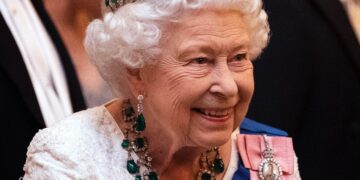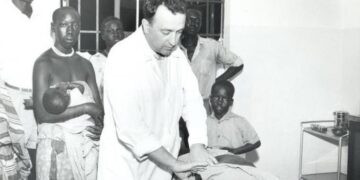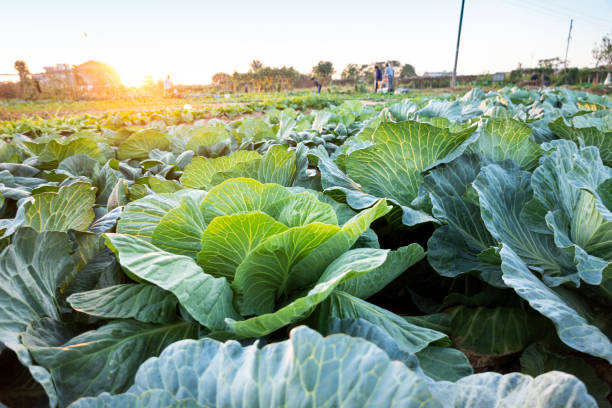By Gaaba Lakel Maria
As the country continues to battle high commodity and fuel prices, the government of Uganda has birthed a program that aims at transforming the economy from subsistence to monetary. The program seeks to replace Emyooga program and aims to lift 17.5 million Ugandans in 3.5 million households out of poverty through the total transformation of the subsistence households into the money economy. The Parish Development Model (PDM) was launched on 26 th Feb 2022, in Kibuku district, Bukedi sub-region by its chief architect, President Yoweri Museveni. In his speech, the president said this program is another endeavor geared to wealth creation and poverty eradication.
According to the president, the PDM is structured to boost wealth creation opportunities and to turn every parish in the country into a model development unit. With this program, the country’s nearly 10,600 parishes are to get seed money of Ugx100 million per parish. Under Uganda’s local government structures, a parish, is an administrative unit below a sub-county and above a village cell. The intention is uplifting the nearly 39% of households from subsistence economy to commercial production.
Unlike the previous programs, PDM offers decision-making in the hands of beneficiaries who will decide what suits them best in their locality. The financial inclusion agenda aims at promoting savings and investment by households in the most viable activities with a potential for generating a production surplus for home and local consumption and the market. The PDM Implementation plan The model will be implemented through the existing government policy implementation channels. At national level, the Parish Model Secretariat will be based in the Ministry of Local Government. The Secretariat will provide advice on release of funds, monitoring and evaluation and overall accountability for the programme.
At the district, the project will be implemented through the existing structures of District Council. The CAO will be the Accounting Officer while the District Commercial Officer will be Focal Point Person. The management of the programme at lower local government level will be the Division, Sub-county/ Town Council structure. The Sub County Chief/Town Clerk will be the Accounting Officers. And at the parish level, the Parish Chief will be the focal point person. RDCs are expected to play an integral role of monitoring PDM at the local government as well as conducting beneficiary eligibility checks. The chief Administrative Officer as the accounting officers will carry their patriotic badges for the success of the program. The Model is designed under seven pillars which include; Production, Storage, Processing and Marketing; Infrastructure and Economic Services; Financial Inclusion; Social Services; Mindset change; Parish Based Management Information System; Governance and Administration.
Progress on implementation For the past three months, Kampala Capital City Authority, a body in charge of Uganda’s capital embarked on a planning and sensitization of the people in Kampala to make them embrace the Parish Development Model. KCCA officials and City Residents Commissioners on 12th , July 2022 presented a report on the state of readiness for the implementation of the Parish Development model. They reported that over 500 groups of people had already registered and trained ready to receive the funds.
Parish Development Model is meant for only those households and people who have been earning less than one million shillings a month. Critics Despite the excitement of many regarding this model, the program has also received criticism regarding its effectiveness. In a commentary made by Emilly Comfort Maractho, the director of Africa Policy Centre and senior lecturer at Uganda Christian University, she argues that in an economy eaten up by corruption such a model can only benefit the top leaders. “I wonder what capacity parishes have. Unless we are able to get people to understand the model well, embed mechanisms for dealing with corruption, address its one size fit all nature and delink this from politics, the model will join a long list of failed development experiments.” She also argues that since the amount of money a district gets will depend on the number of parishes it has; shall we see districts clamouring for creation of more
parishes in order to take services closer to the people? She wonders.
Recently, Ugandan maize exports to Kenya were halted by the Kenyan and Burundi governments on account of the low quality and health risk of the maize. Ugandan milk and other dairy products also faced an import ban in Kenya last year. Analysts say this program will fall short soon if it only urges households to grow more crops but falls short on additional supervision and quality control required to export them to neighbouring countries. This is not the first Government intervention in trying to alleviate the poverty levels in the country. There have been other programmes like Entandikwa, NUSAF, NAADS and many others. According to World bank overview on Uganda, Real Gross Domestic Product growth could fall below the recovery path that had been expected, to average 4.7 percent in FY22. With lower consumption growth due to reduced remittances, limited credit and job losses, poverty increased from 27.5 to 32.7 percent after the first lockdown in 2020.

















